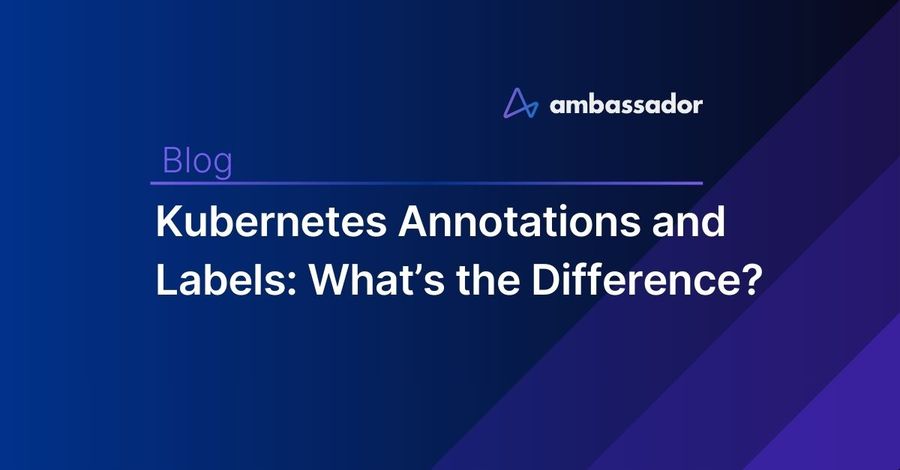
Kubernetes API Gateway
Both labels and annotations are ways to attach metadata to objects in Kubernetes. But when should you use one versus the other?
The Kubernetes documentation is somewhat opaque on this subject:
March 27, 2024 | 3 min read
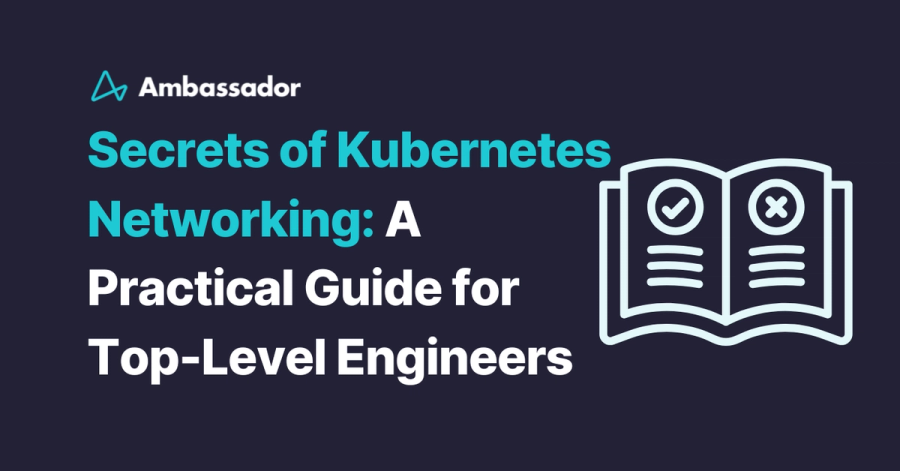
Kubernetes API Gateway
In the modern cloud native ecosystem, Kubernetes is the go-to choice for container orchestration with its ability to easily manage and scale containerized applications. At its core, Kubernetes can be seen as a distributed system where independent nodes (containers) come together to present a unified, cohesive environment to users.
However, one major issue that arises in such architectures is networking. How do ports get allocated? How do containers communicate with each other? How does the outside world communicate with the containers? These are some of the questions that need to be answered to understand networking in Kubernetes.
Let’s break down the Kubernetes networking model and provide a comprehensive understanding of how networking works in Kubernetes. You will understand four major areas where issues arise in Kubernetes as it concerns networking and common strategies for addressing them. By the end of this article, you will have the necessary skills to troubleshoot networking issues in Kubernetes like a pro.
March 26, 2024 | 14 min read
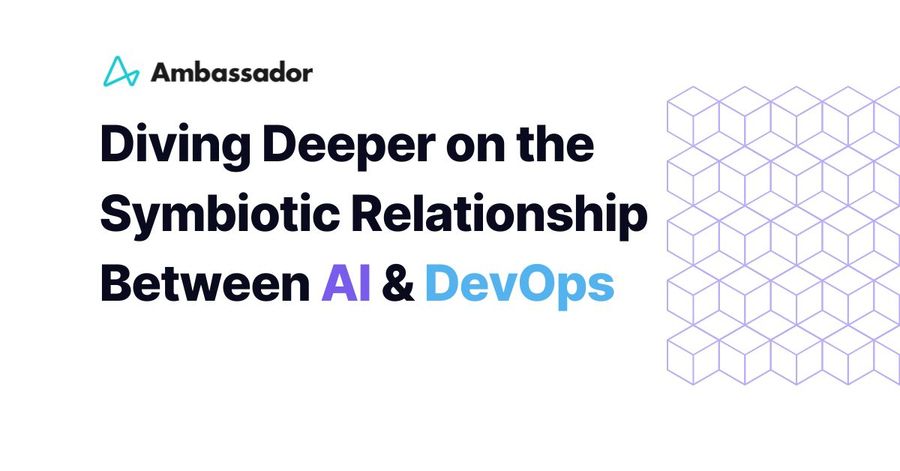
Article
Explore the transformative relationship between AI and DevOps, highlighting developers' roles and platform engineering's impact on AI advancements.
March 25, 2024 | 6 min read
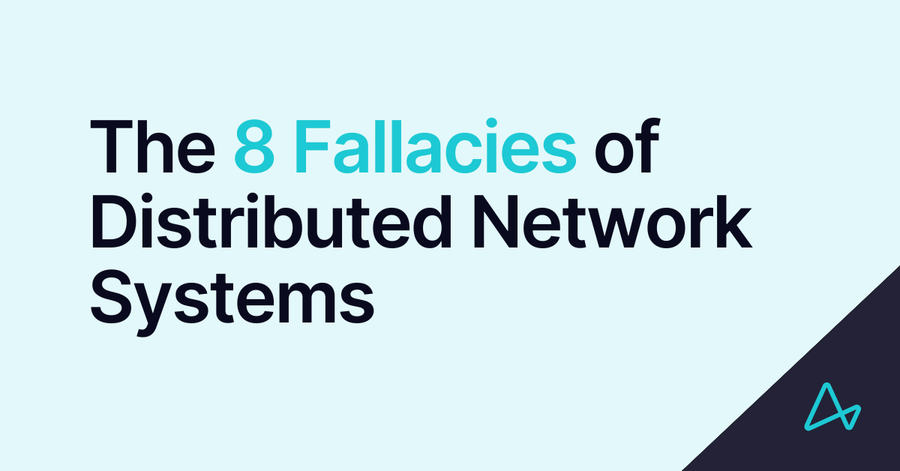
Article
Imagine a popular e-commerce platform that relies on distributed network systems to handle thousands of transactions per second. Developers, in their pursuit of building a seamless user experience, make certain assumptions about the network infrastructure that powers their platform. However, these assumptions can prove detrimental to underlying network infrastructure if not carefully examined and accounted for. As the old saying goes when you assume you make an “*ss out of u and me,” and when that’s applied to the complex world of network technology–that mess gets even greater.
These assumptions, known as the Fallacies of Distributed Network Systems, can lead to critical errors and vulnerabilities if not properly addressed. In this comprehensive guide, we will delve into each of these fallacies, exploring their effects and providing practical solutions to mitigate their impact.
March 22, 2024 | 12 min read
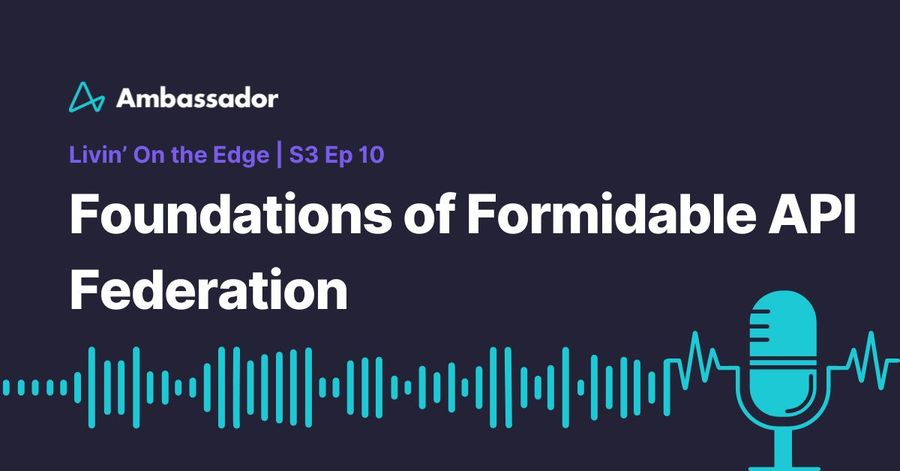
API Management
Explore API Federation: the key to a cohesive, standardized API that promotes flexibility and agility within your service ecosystem.
March 21, 2024 | 8 min read
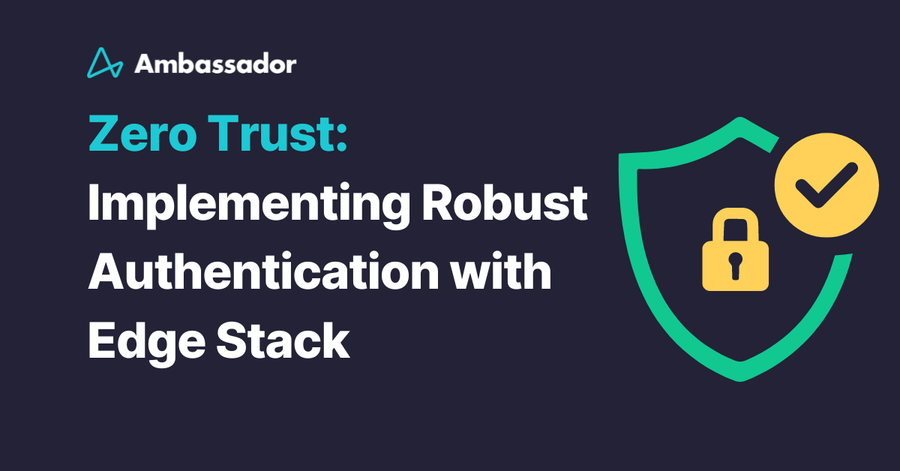
API Gateway
Zero Trust generated huge momentum in 2023. Okta’s The State of Zero Trust Security 2023 states that 61% of organizations are already implementing Zero Trust, with another 35% planning to soon. 2023, Gartner’s Strategic Roadmap for Zero Trust Security Program Implementation report was published, detailing how to define your roadmap to Zero Trust.
It might come as a surprise to learn that Zero Trust was first described 30 years ago this April in 1994. Why has it taken so long to gain traction? It comes down to the technology not being in place. But in 2024, with Kubernetes and solutions such as Edge Stack API Gateway, service meshes, mTLS, and other advanced security technologies, organizations now have the tools they need to effectively implement Zero Trust architectures and secure their APIs dynamically and scalable.
A vital component of that is robust authentication. If you can’t determine who your users are, you can’t then use that information throughout your infrastructure to control access. Let’s see how you can implement authentication with Edge Stack API Gateway as the start of a Zero Trust framework.
March 19, 2024 | 9 min read











